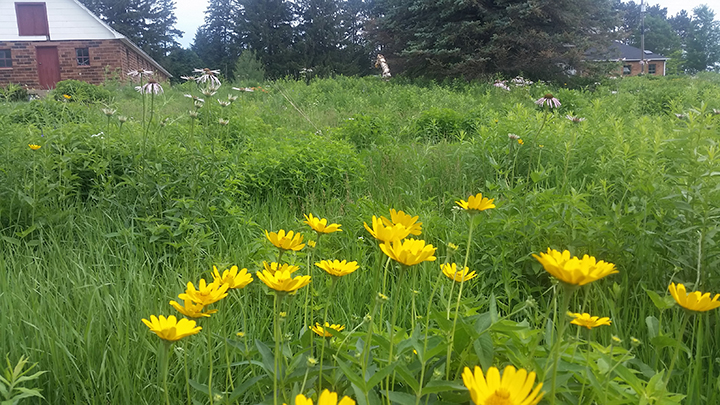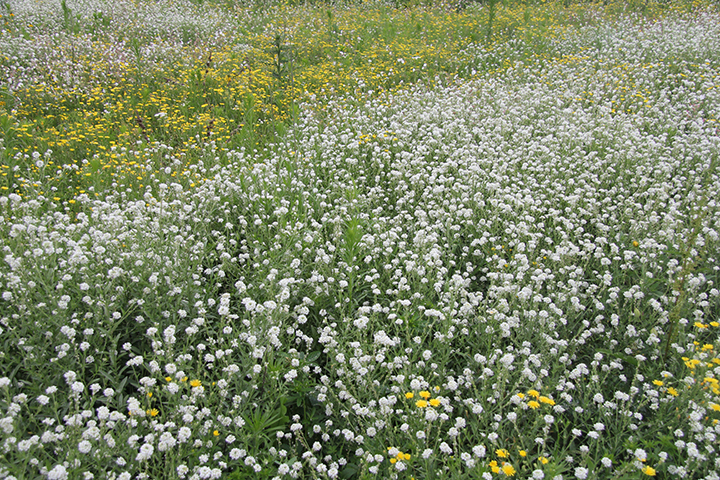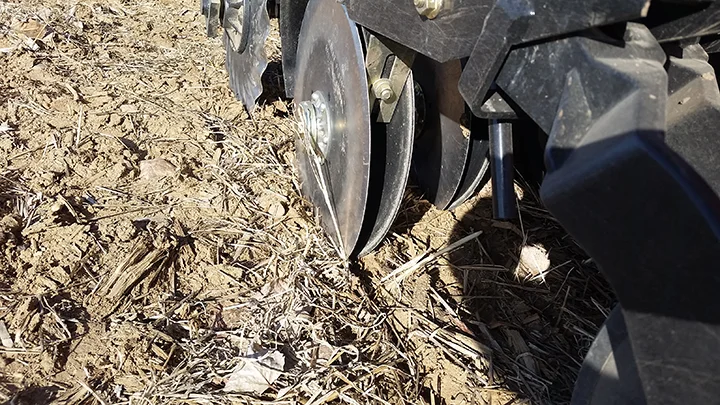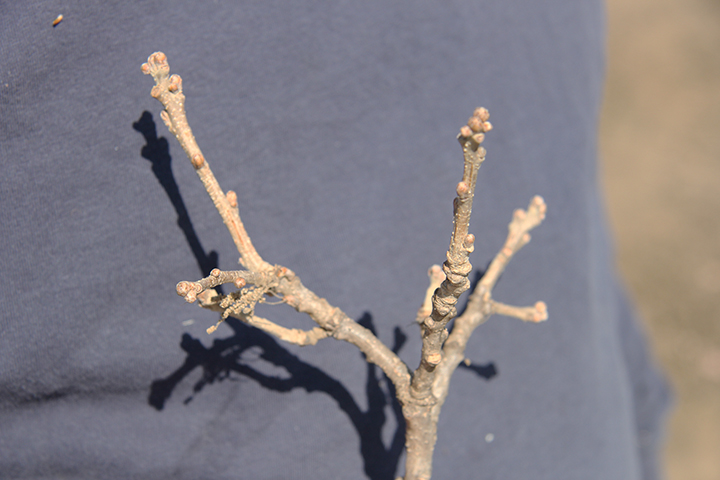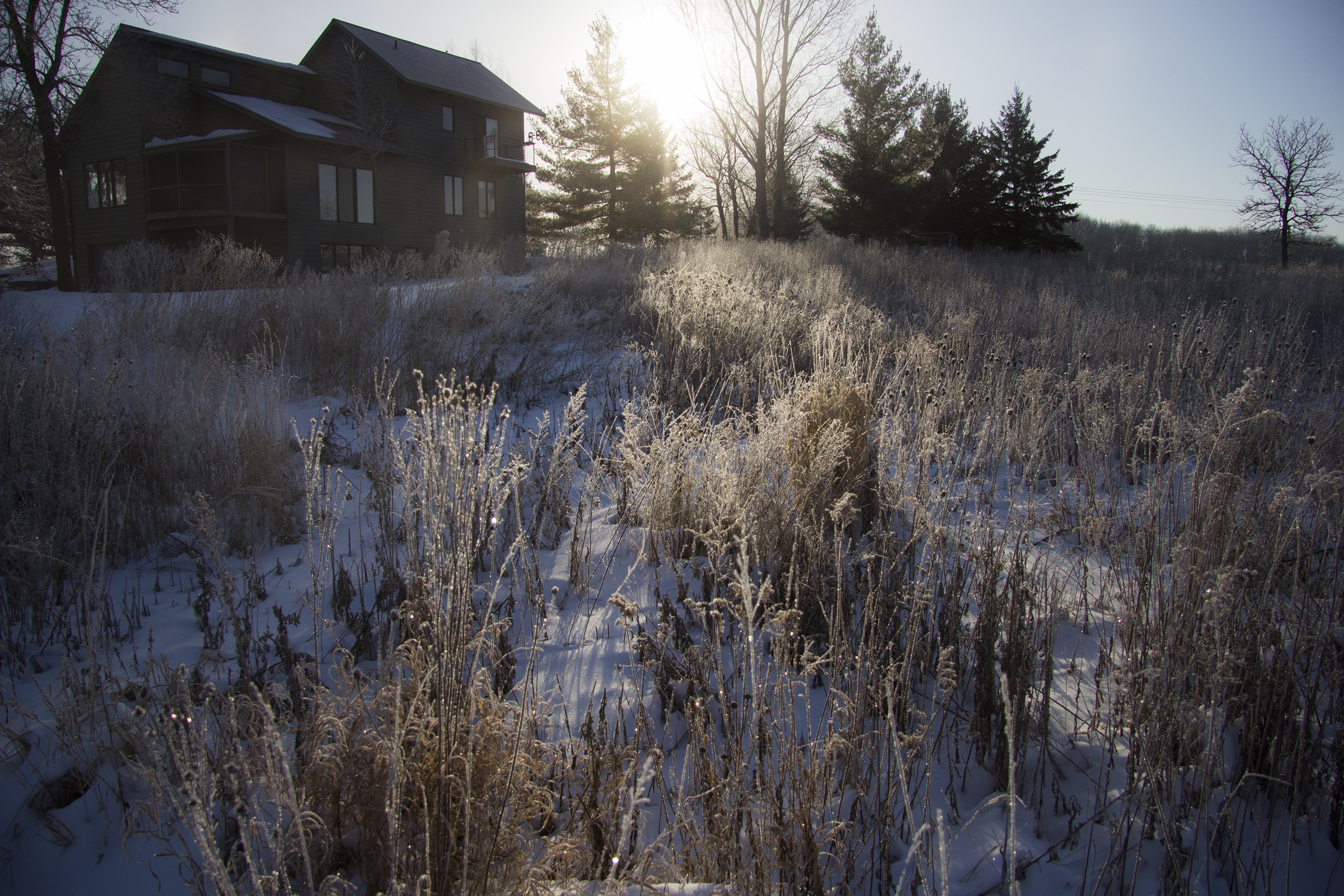Me overseeing a burn at Kleinfelter Park, St. Joseph.
It is paradoxical that prairies require burning. It is paradoxical because, in North America, many of us think of the prairie as “pure” nature—as a kind of dry Boundary Waters Canoe Area on land. Our romantic notions of nature suggest that the best nature is that which is least impacted (and thus corrupted) by humans.
But the prairie in many ways is the result of, or co-evolved with, humans. Mythologically speaking, Prometheus stole fire from the gods, and the homo sapiens who migrated from Africa, through Asia, down through the Bering straight, were his ancestors who had appropriated fire in many ways (indeed it was integral to their culture), including the burning of landscapes.
Their use of fire to burn landscapes had multiple purposes, so historical anthropologists tell us. One reason was to open up the landscape to increase their ability to see the horizon. Such opening allowed our Native American predecessors to more easily see their enemies and avoid them. Jesus tells us to forgive our enemies, but on the prairies and plains of North America, I imagine the imperative was to avoid your enemies. Being they were hunters and gatherers, it was much easier to pick up and leave a fruitful hunting site than it is for we moderns to pick up and leave, due to our permanent dwellings.
So mobility, avoiding enemies, and better hunting were all reasons to burn the landscape. And out of this culture of fire evolved an ecosystem of flora and fauna that was without trees (except in lower, wet places, such as along rivers, where fires had less access), an ecosystem rich in diversity, beauty and, yes, nature! But it is not a pure state of nature—if by that we mean lacking human interference or interaction.
We can say that the prairie and homo sapiens “co-evolved.” I personally think of the prairie as “paradisal”—a paradise not unlike that of Eden, where humans have their place in nature, a place that was integral, ordered, and not external to nor disordered.
Obviously my paradisal view of nature is also rooted in myth, in this case the Hebrew origin myth from the Book of Genesis. It is based on the idea that a landscape of stunning beauty and productivity evolved from this partnership between homo sapiens and the creation in which they found themselves. It might be a bit much to put all this on prairies, but that is what it says to me each spring when we’re out burning.
Burning a wetland has many benefits, among them is burning off years of accumulated Cattail growth. Here the guys are out on a wetland while here is still ice, on which we created a firebreak to manage the burn.









































